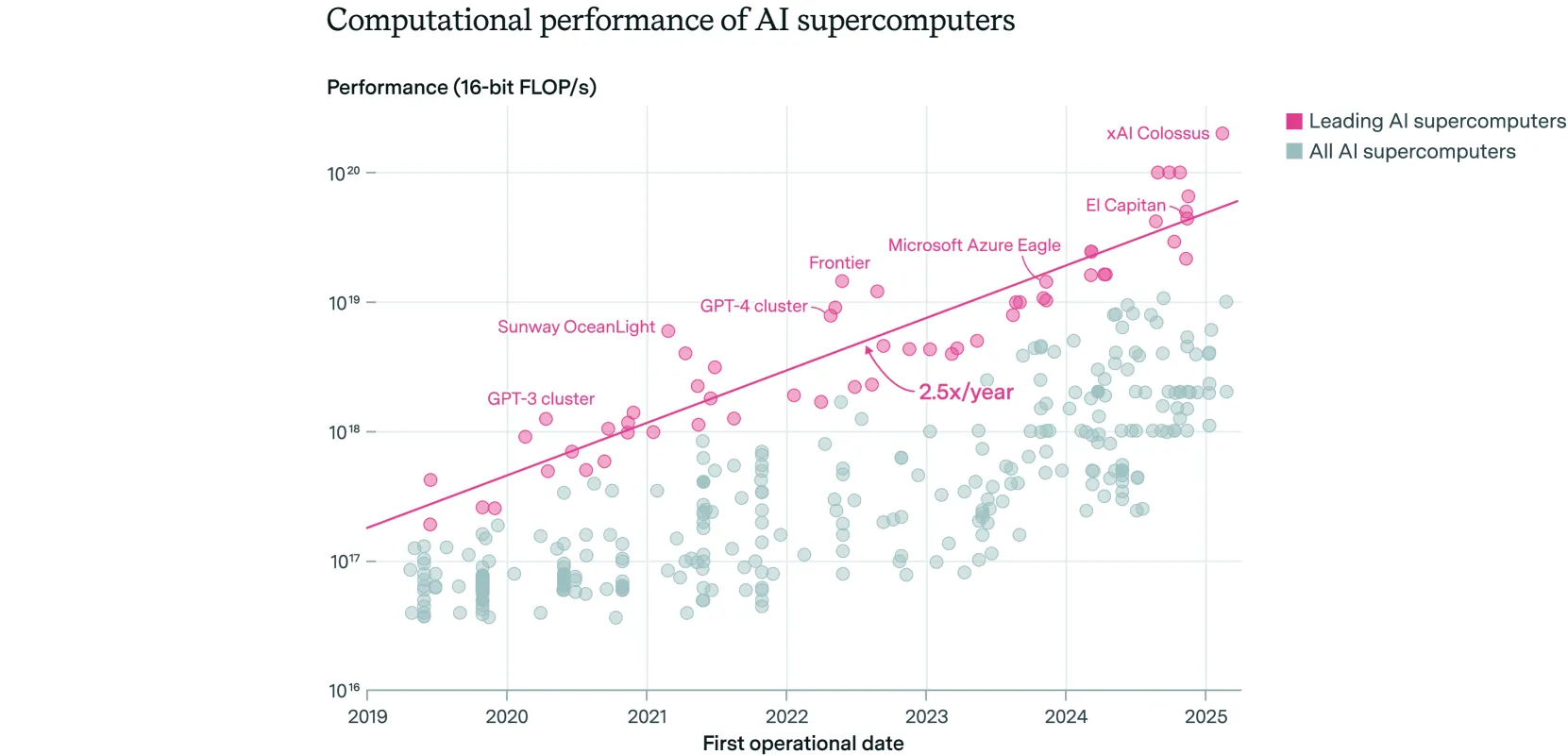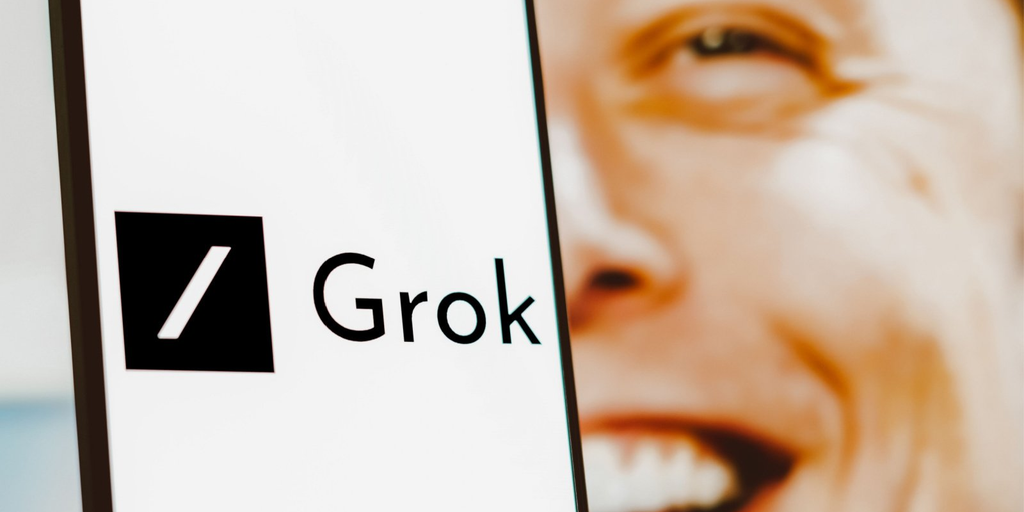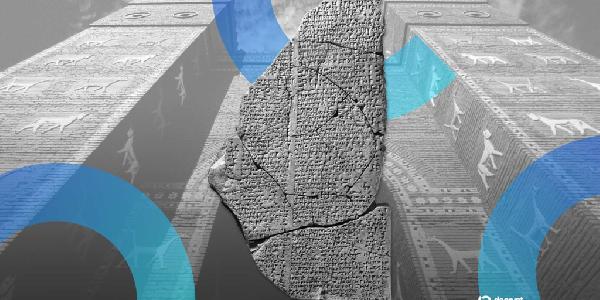Tesla and xAI CEO Elon Musk is expected to unveil Grok 4 on Wednesday in a livestream that could notably push the AI sector forward.
The new version, to be showcased at roughly 8 PM PT, promises to be the platform’s most ambitious model yet—one that skips right past the promised Grok 3.5 to challenge OpenAI‘s dominance.
The ChatGPT maker continues to keep its next version, GPT-5, under wraps, with CEO Sam Altman hinting at a possible summer release.
That‘s music to the ears of Musk, who has seized on an opportunity to gain ground against his company‘s fiercest rival.
Grok 4 arrives with speculation surrounding some leaked benchmarks that show it scoring 45 on Humanity‘s Last Exam, compared to Gemini 2.5 Pro‘s 21.
The model also supposedly achieved 95 accuracy on AIME‘25 and 88 on GPQA, numbers that place it squarely in competition with the best available models today.
That’s quite remarkable: Humanity‘s Last Exam is a benchmark designed to be highly challenging for AI models, aiming to visualize how close a model is to achieving AGI and human-like reasoning.
For context, OpenAI in Deep Research mode, using browsing and Python tools, doesn’t score above 25.
But raw scores tell only part of the story. Grok 4 splits into two distinct personalities: a general-purpose model for everyday tasks and "Grok 4 Code," a specialized coding companion explicitly designed for developers by xAI.
API users already spotted the coding variant as "grok-4-code-0629" in console listings, suggesting the company has been testing it with select partners.
"Grok 4‘s intelligence will be unmatched," xAI engineer Tim Li claimed before the announcement, citing the team‘s lean structure and unconventional training methods. “The world is not ready for this model,” he said
The boast might sound like typical Silicon Valley hype, but Grok has a track record of surprising the industry.
Remember when Grok 2 quietly entered the LMSYS Chatbot Arena under the codename "sus-column-r"?
It topped the leaderboard, beating both Claude and GPT-4 with an Elo score that caught the attention of creative writers.
The model understood context better than ChatGPT and produced code that developers actually wanted to use, at least until Claude 3.5 Sonnet arrived and raised the bar again.
What other goodies are in store? Enthusiasts would like to see a bigger token context window.
With just 130,000 today, the token context window might seem modest compared to GPT-5‘s expected 1 million+ tokens, but xAI is optimized for speed over size.
Real-time performance matters when you‘re integrating AI into live applications, and early testers report Grok 4 processes requests noticeably faster than its competitors.
Additionally, xAI appears to be implementing as much optimization as possible to enable the model to handle those tokens more efficiently. The current system prompt has been redesigned to optimize for shorter answers without losing usefulness.
Tesla integration rumors add another wrinkle. Leaked UI elements suggest Grok might find its way into vehicle systems, offering unique voice-activated functionalities that other cars and trucks don’t yet have.
Gaming represents another frontier where Grok could excel. Elon Musk announced plans for a game lab to encourage AI-powered game development, and enthusiasts expect Grok 4 to deliver on that promise. Believe it or not, Elon promised the first AAA game built with Grok would probably be released next year.
AI models today are able to generate casual games (snake, a small simulator, tic tac toe), but are still too primitive to generate more sophisticated games with top-notch graphics, complex logics, and sophisticated play.
OpenAI’s upcoming GPT-5 is also promising multimodal capabilities that could eclipse anything currently available, with native video processing and adaptive reasoning modes that adjust to user needs.
However, promises don‘t help developers today, and Grok 4‘s immediate availability gives it a crucial advantage in the rapidly evolving AI market.
The specialized approach might define Grok 4‘s success. Whereas GPT-5 is designed to cater especially to OpenAI’s 123 million daily users, xAI appears to be targeting specific user segments among its relatively small 7 million daily users: developers who require reliable code generation, enterprises that need fast real-time processing, and users who value less filtered responses.
It is also important to note that xAI‘s rapid release cycle—from Grok 1 in November 2023 to Grok 4 in July 2025—is quite fast even for AI development.
The company trained Grok 3 on a supercluster using 200,000 Nvidia GPUs and currently owns what Musk calls “the most powerful AI training cluster in the world.”
 Source: Arxiv
Source: ArxivIntegration with X‘s real-time data provides another differentiator. While other models rely on static training data with periodic updates, Grok pulls current information directly from the platform.
During major news events or trending topics, this real-time awareness becomes a significant advantage.
If xAI repeats its business model, early access will likely go to X Premium+ subscribers and SuperGrok users, with API availability following shortly after.
Developers can already see placeholder entries for both Grok 4 and Grok 4 Code in the xAI console, suggesting the infrastructure is ready for immediate deployment.
Your Email










